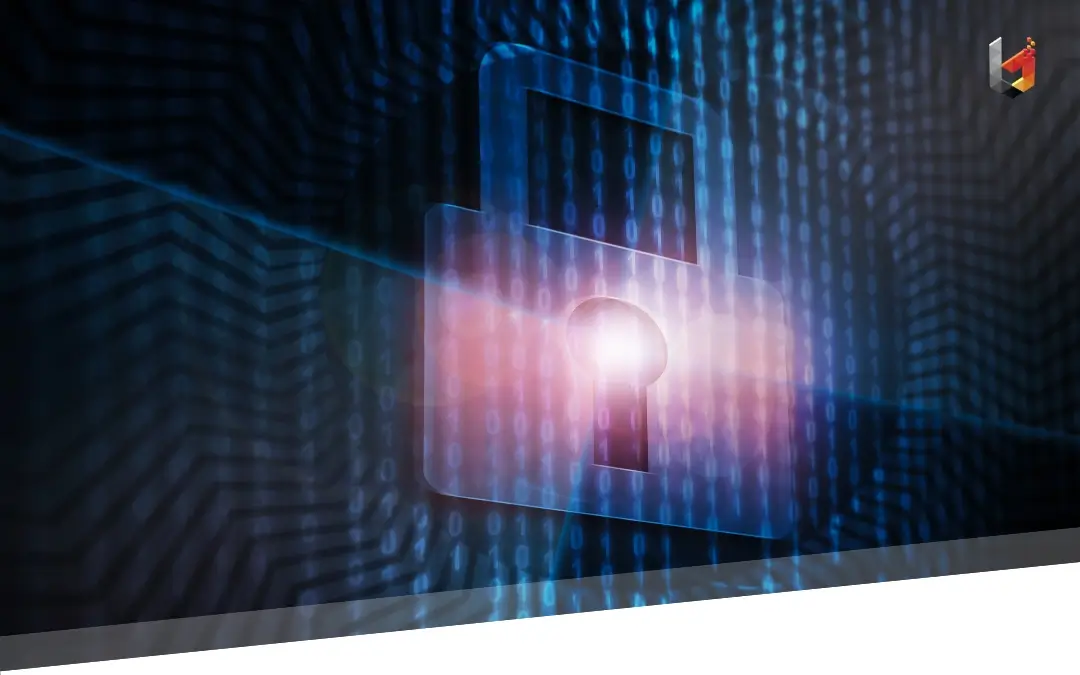Key Components Every Incident Response Plan Should Include

In today’s hyper-connected world, cyber threats are a constant concern for businesses. The evolving nature of these threats requires organizations to be proactive in their approach to cybersecurity. An effective incident response plan is crucial for businesses of all sizes, serving as a roadmap for how to respond to cyber incidents swiftly and effectively. Let’s discuss the key components that should be included in an incident response plan to help your organization stay ahead of cyber threats.
Establishing a Response Team
The first step in creating an incident response plan is to establish a response team. This team should consist of individuals from various departments, including IT, security, legal, and executive roles. Each member should have clearly defined roles and responsibilities to ensure a coordinated response. Regular training and readiness assessments are crucial to keep the team prepared to respond swiftly to any incident.
Identifying Threats and Vulnerabilities
Detecting threats and vulnerabilities is critical for effective incident response. Implementing robust detection tools, such as intrusion detection systems (IDS) and security information and event management (SIEM) solutions, can help monitor and identify potential threats. Regular vulnerability assessments should also be conducted to identify and mitigate vulnerabilities before they are exploited by cyber attackers.
Developing Response Procedures
Response procedures are the heart of an incident response plan, providing step-by-step instructions for responding to different types of incidents. These procedures should include how to detect, contain, eradicate, and recover from incidents. Additionally, they should outline communication plans to ensure stakeholders are informed throughout the incident response process.
Testing and Updating the Plan Regularly
Regular testing of the incident response plan is crucial to identify and address any gaps or weaknesses. Tabletop exercises and simulations can help assess the effectiveness of the plan and identify areas for improvement. It’s also essential to update the plan regularly to reflect changes in technology, infrastructure, and the threat landscape.
How Technolene Can Help
Technolene offers expert guidance and support in developing and implementing an effective incident response plan. Contact us to learn more about how we can assist in identifying vulnerabilities, building a professional response team, and improving detection and response capabilities. With Technolene’s assistance, your organization can be better prepared to handle cyber incidents and protect critical assets.
Having an effective incident response plan is essential for organizations looking to protect themselves against cyber threats. By establishing a response team, identifying threats and vulnerabilities, developing response procedures, and regularly testing and updating the plan, your organization can be better prepared to respond to and recover from cyber incidents.
Trending Posts
Discover the best practices for implementing an incident response plan to protect your business from cyber threats.
Protect your business from cyber threats by mastering NIST’s Incident Response with Technolene's expert support.
Discover why an incident response plan is crucial for businesses, protecting sensitive data, minimizing damage, and ensuring compliance.



